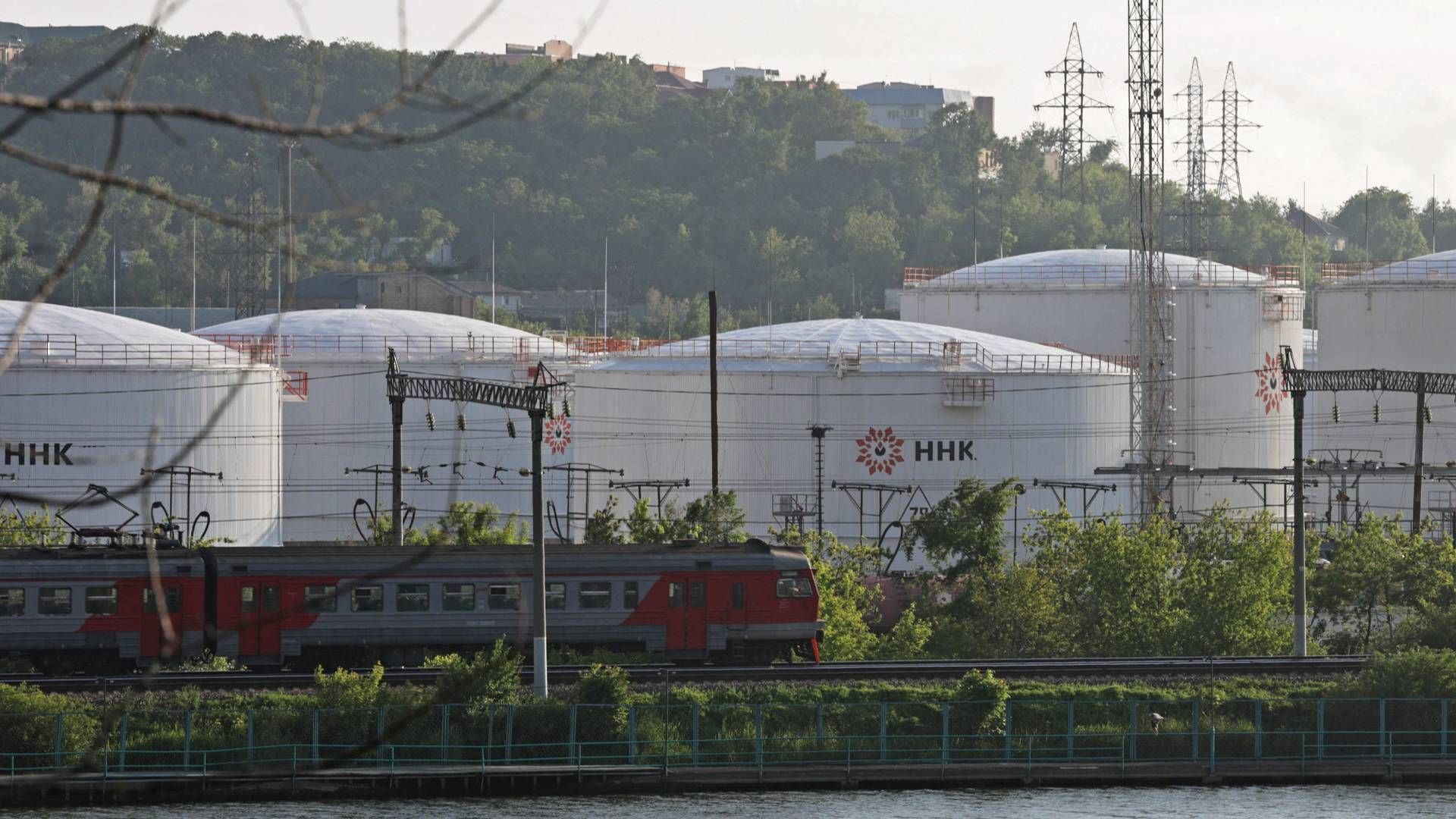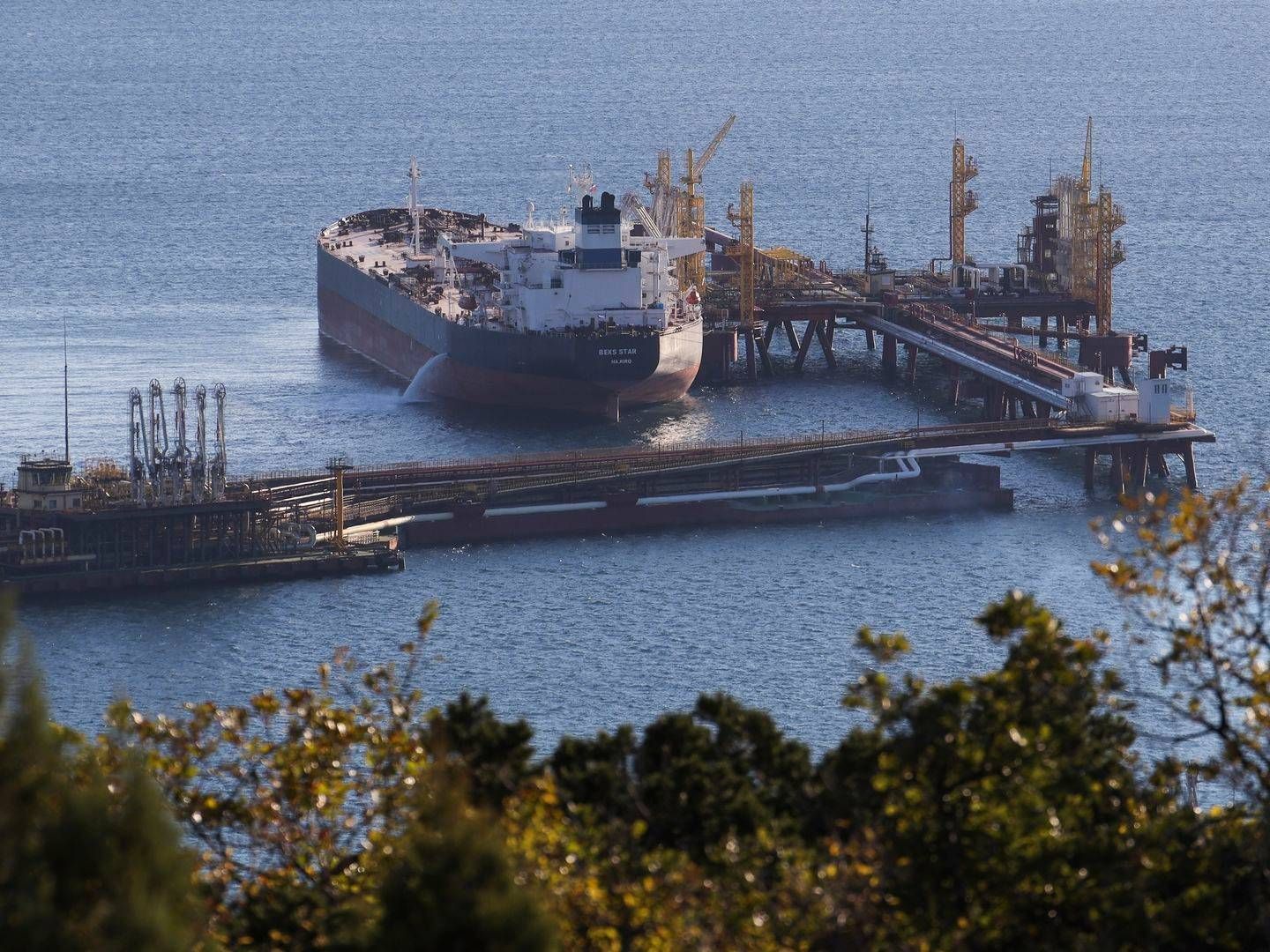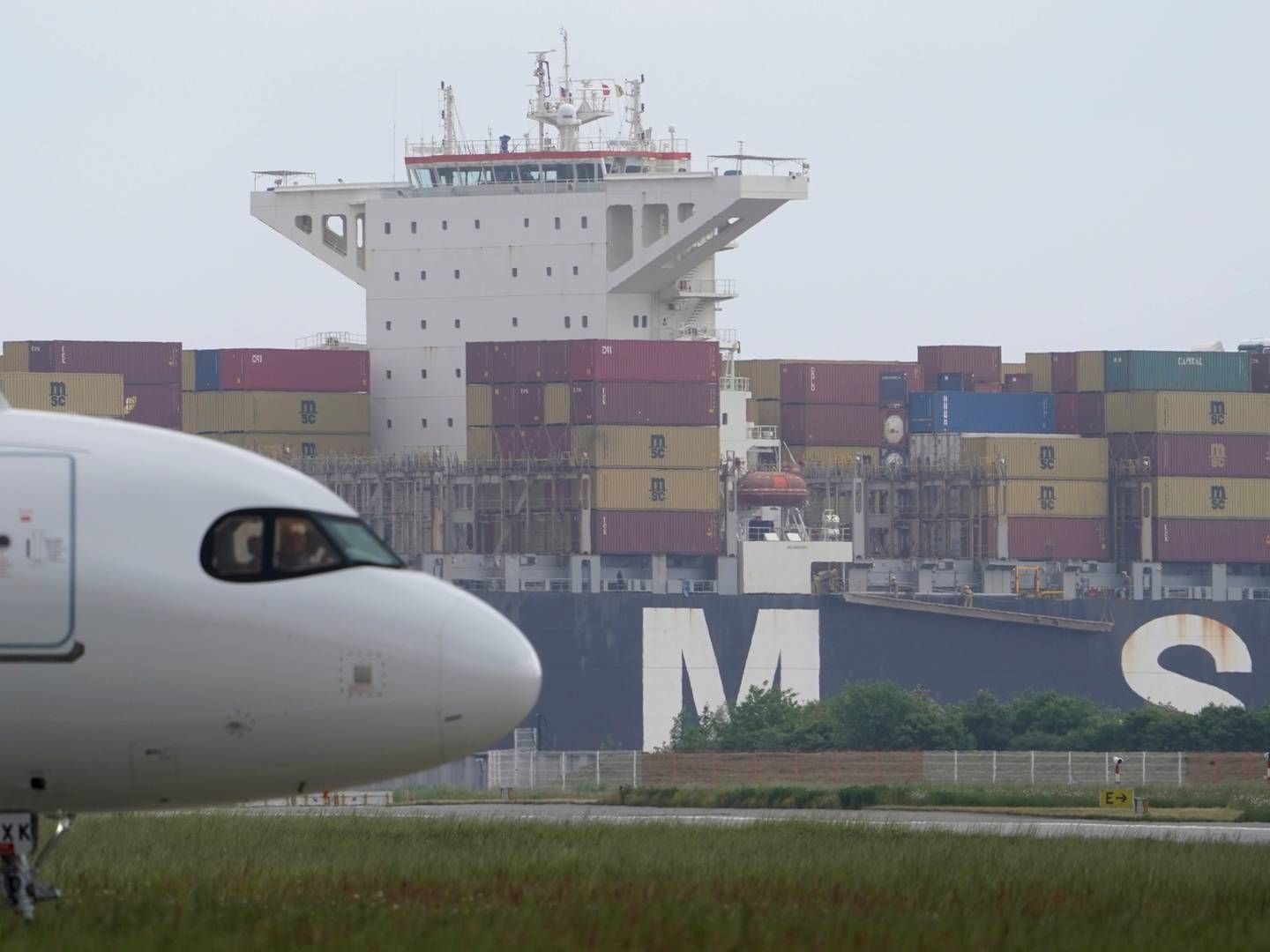Sanctions on Russian diesel sales show early signs of working

With international sanctions on Russia’s diesel shipments now in place for more than two weeks, the early signs are that they are having at least some of the desired effect.
The Group of Seven and the European Union’s latest measures were essentially designed to do two things: cut Moscow’s revenue but keep the barrels coming.
Since the new rules kicked in on Feb. 5, the export price of Russian diesel has dropped further relative to non-Russian supplies, with the discount topping USD 35 a barrel at the start of last week, according to data provided by Argus Media Ltd. and converted into barrels by Bloomberg.
At the same time, exports have largely held up. In the first half of February, shipments of diesel-type fuels from the nation’s ports averaged more than 1 million barrels a day — a slight drop from January, but still well above the 2022 daily average — according to data from Vortexa Ltd., compiled by Bloomberg.
The broader diesel market is also relatively calm, an important detail for the G7. The price of diesel futures relative to crude oil, known as the crack spread, recently hit its lowest in almost a year. The structure of the fuel’s forward curve, a key supply-demand metric, indicates no obvious panic.
What remains unclear, however, is the price that Russian fuel is ultimately being sold at, and where that money ends up.
Different prices
Russian oil prices are often given on what’s called a Free-on-Board, or “FOB”, basis. That’s essentially the price at the Russian port where the vessel is loaded.
The latest FOB Baltic Sea Russian-origin diesel price from Argus equates to about USD 78 a barrel, well below an EU- and G7-agreed price cap of USD 100. But diesel-type fuel is then shipped from that region to countries including Turkey, Morocco and Tunisia.
Buyers in such locations may be paying significantly more than the FOB price. They certainly are in the crude oil market: Russian Urals delivered to India was recently more than USD 20 a barrel more expensive than its Baltic export price.
“There are fewer deals being conducted overtly through brokers, and more behind-closed-door deals,” said Mark Williams, research director, short term oils at Wood Mackenzie Ltd. That diminishes price transparency for the wider market.
Smooth sailing?
There’s also the question of whether Russian exports will continue as relatively smoothly as they have so far.
The International Energy Agency said on Wednesday that it expects Russia to struggle to place diesel, and that it will subsequently have to cut refining runs.
Vortexa’s data show that the rate of diesel-type fuel exports from Russia in the first half of this month has only been surpassed on a monthly-average basis nine times in more than seven years.
And while they are down by about 150,000 month-on-month, it’s important to bear in mind that the rates of export in January and December were the highest on record in data going back to the start of 2016.
Still, with higher Russian refinery maintenance and lower crude runs seen in coming months, the country’s diesel exports are expected to further decline going forward, according to Williams.

.jpg)


















